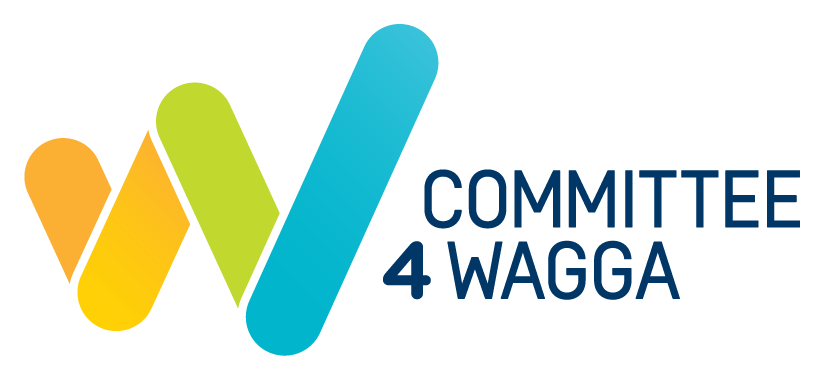Services playing catch-up in boom suburbs, says city's strategy manager
Daily Advertiser 24th September 2019
A FUTURE that accelerates Wagga's growth to 100,000 residents will require more attention to suburbs struggling without essential infrastructure and services. The northern estates of Boorooma, Estella and Gobbagombalin are the second fastest growing suburb in the state, yet residents are still waiting for a shopping centre and a public school. Wagga City Council's city strategy manager Tristan Kell said there is "inadequate infrastructure" to support the existing northern suburbs, which are predicted to grow even further by 2038. The planned population boom has been endorsed by the state government, which released a 20-year economic vision for regional NSW.
An upcoming seminar on Friday led by Committee 4 Wagga will address the critical growth factors to meet the target, including business, health, education and government investments in industrial and community infrastructure. While the council plays catch up to deliver upgraded services, Mr Kell said the real challenge will be finding solutions for infrastructure projects outside their realm. "Council identified ... that it needed a shopping centre and school, but everything falls outside our control," he said. "The shopping centre has been approved several times, but ... hasn't proceeded because the developer can't source the finances." Mr Kell said the developers who are behind these much-needed services are at the mercy of banks. If the city plans to accelerate its growth, he said the council might need to explore how to give the financiers confidence to invest because there is a community that will service a shopping centre. "In the past, (developers) could get away with building 50 to 200 houses and residents could rely on driving five minutes to the services," he said. "But 100,000 residents is a large city and we need services within each neighbourhood." In order to build the infrastructure required, Mr Kell said future neighbourhood developments will need to focus on gradual growth.
"We don't want a business district in each neighbourhood, but we need shops for day-to-day needs. As the community grows those shops will grow to service the need," he said. At the heart of the city in the central business district, Mr Kell said the infrastructure is in place to support high density living. He said more people living in Central Wagga will allow existing and future businesses in the business district to be long-lasting. "For shops and cafes to thrive they need more people in the CBD. It's the opposite challenge to what we have in the suburbs," he said. "(The suburbs) need services, but the services need people which it can get through higher density."

